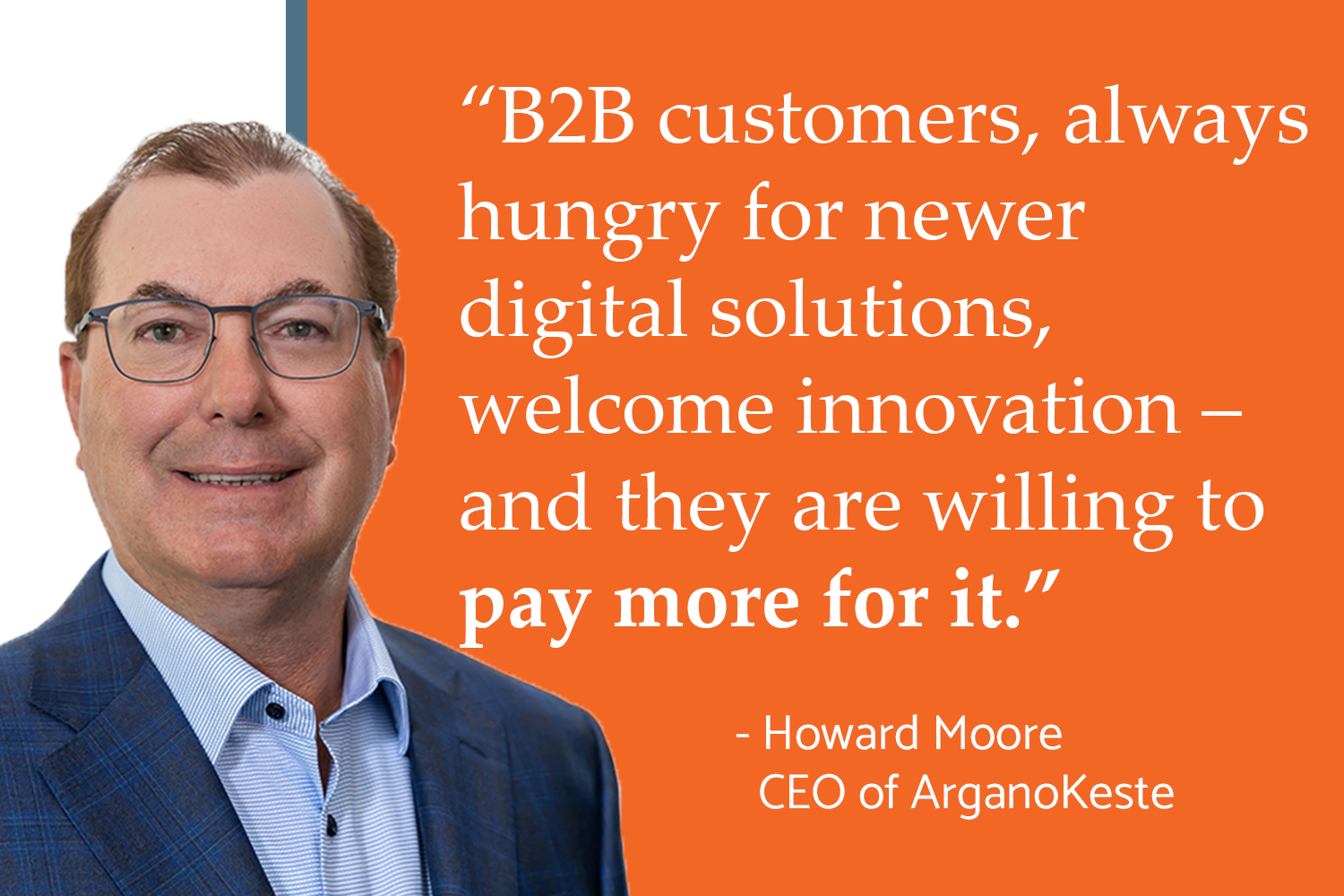Drive B2B Business with Integrations
It’s difficult to overstate the value of a seamless experience when it comes to B2B digital business.
Consumers demand it. To get an understanding of how quickly buying behavior changes, consider how radically it has adapted in just a handful of months. Many say that e-commerce growth has fast-forwarded 10 years since the onset of the COVID-19 pandemic.
This means now, more than ever, you have no choice but to create the best customer experience possible.
One department touches so many other departments
Data integration impacts every aspect of your business, because each department contributes information that’s significant to your company’s strategic success.
In essence, data integration is George Bailey from the classic film It’s A Wonderful Life. Like Bedford Falls’ most indispensable citizen, you don’t want to imagine life without it.
In Marketing, lack of integration means data has to be manually entered into sales systems, which is like a personal invitation for errors. This can create inconsistencies in your messaging, resulting in a negative customer experience. It can also make it impossible to track leads or be sure that people are in the right place along the customer journey.
In Sales, trying to manually organize complex product configurations, plus pricing, quoting, and approvals, greatly limits the number of orders you can take. Customer experience is impacted here as well, due to frustrations with complicated, lengthy, error-ridden processes. And implementing new revenue streams, such as subscriptions, takes forever.
Through 2023, over 50% of the effort and cost in a digital commerce platform program will be spent on integrations with internal and external systems.
– Gartner Digital Commerce Vendor Guide, March 18, 2020
In Fulfillment, a lack of data integration hurts processes across all of global operations. Inventory management is disrupted by a high margin of error. Procurement can’t identify the amount of raw material necessary to fulfill orders, and demand planning is basically impossible. Communication issues make it difficult to determine order fulfillment or provide status updates—which is guaranteed to send customers elsewhere.
Over in Finance, outdated, manual systems make closing out the month (or quarter, or year) a slow and cumbersome process. There’s little confidence in reporting to accurately predict cashflow, allocate costs, or forecast sales and revenue. Poor data limits the ability to track revenue. And just as in fulfillment, compliance tracking is severely limited, leaving you wide open to costly repercussions.
Perhaps nowhere is the deadlock of a lack of integration more frustrating than with Customer Support—an aspect of business that thrives on speed. The absence of real-time data makes it difficult to keep customers happy, resulting in long wait times, employee turnover, poor agent performance oversight, and the inability to resolve cases.
Finally, in IT, outdated systems create an inability to scale. There’s no way to meet best practices, and systems and processes are unsecure—again putting your organization at risk.
Sound like the scary alternate world of Back to the Future II? Data integration can reset the space-time continuum and make things right.
Equip your company with a single source of truth
Integration allows you to look across your entire organization for a unified view of your data—regardless of the original source or format. It provides you with a single source of truth with clean, actionable data to help solve inventory issues and make key business decisions for better collaboration, reporting, and customer support.
By linking your customer-facing site to your backend (Enterprise Resource Planning (ERP)) system, you only have to enter your information once. Quantities, prices, descriptions, and images are managed in your ERP software and then reflected across all channels and systems online. If a product is sold on your site, the inventory level is updated as it’s received into a warehouse and readied for delivery. And depending on your level of integration, this can occur in real-time or near real-time.
Here’s an overview of data integration advantages:
- Faster results – You can determine valuable insights more quickly, delivering time-critical results to your clients and customers
- Secure accessibility – Users across your company can access data whenever needed, securely, without having to go through IT
- 360-degree customer view – Clean data gives you greater insight into customer behavior for more-informed decision making and a decisive competitive advantage
- Ease in tracking and monitoring – Data integration proves invaluable when collaborating with auditors or government oversight agencies
- Better sales reporting – Accurate information enables you to more effectively forecast, anticipating your customers’ needs
In effect, you get an efficient digital transformation solution from campaign to cash.
Conclusion
ArganoKeste can deliver a custom, secure integration solution between cloud-based platforms and on-premise systems to improve the flow of information across your organization. Interested in learning more? Let us know the best way to get in touch and we can discuss how you can be sure you’re on the road to digital commerce success.









